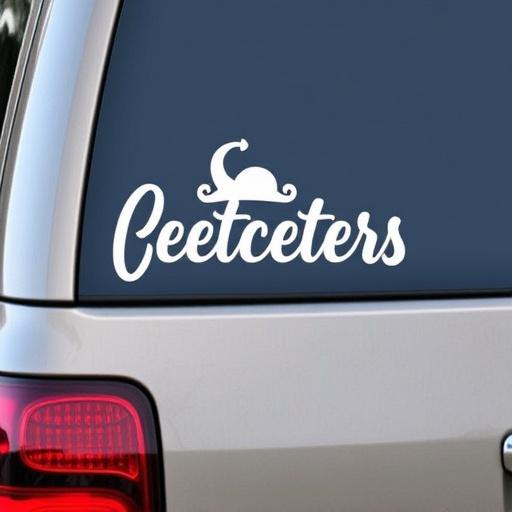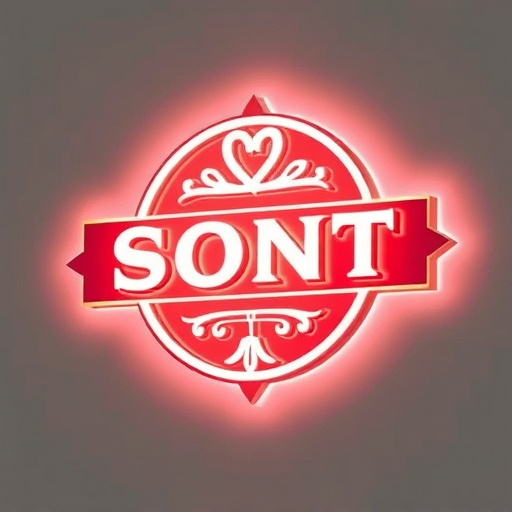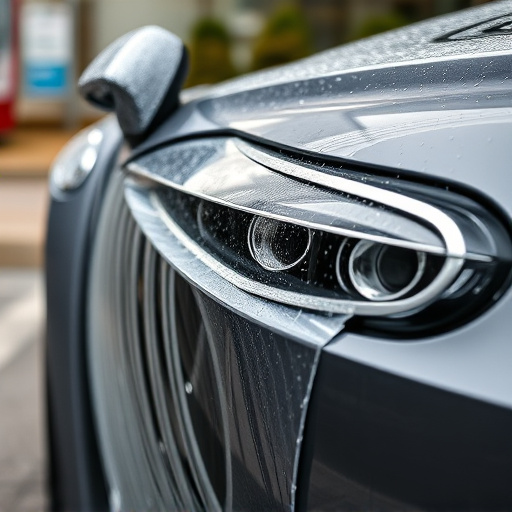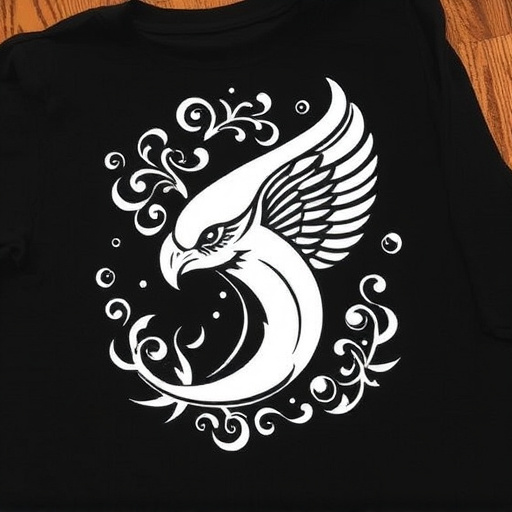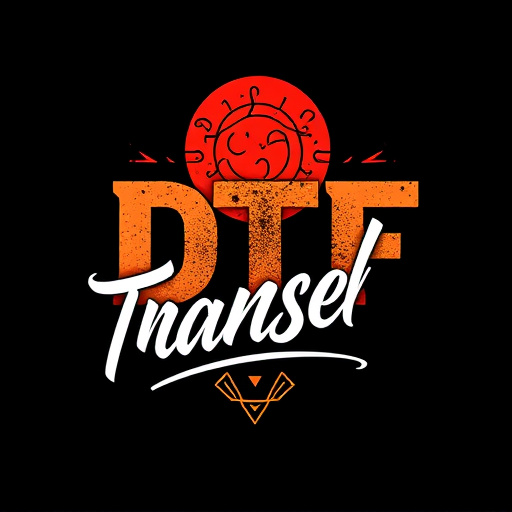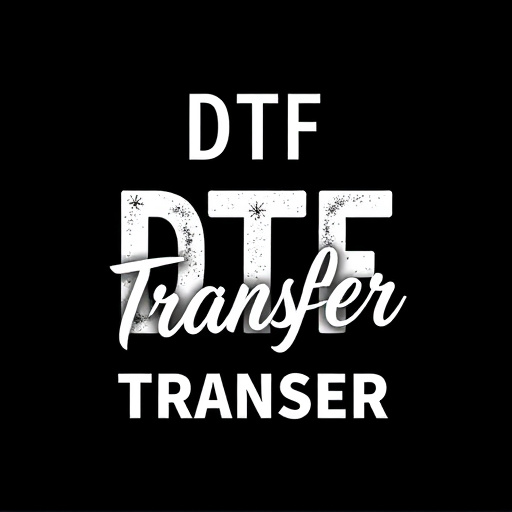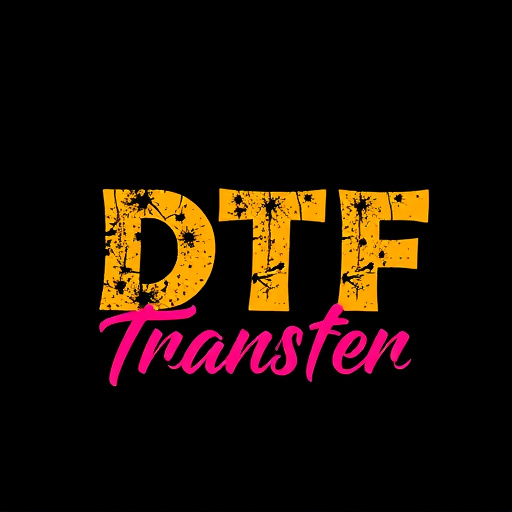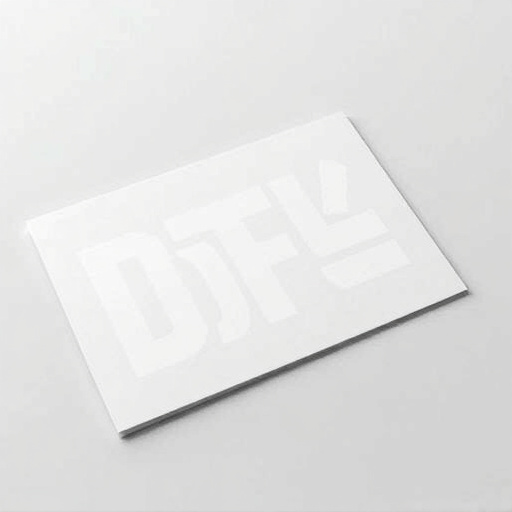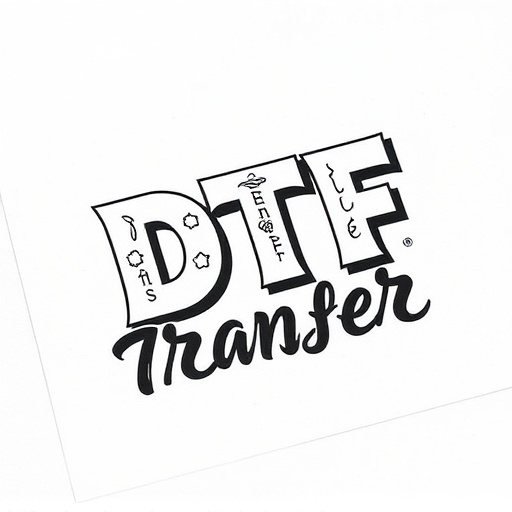Direct-to-film (DTF) transfers have revolutionized outdoor advertising with their cutting-edge printing technique, offering exceptional durability and vibrant high-resolution prints that withstand weather conditions. DTF's versatility allows for creative designs on diverse surfaces, streamlining production and reducing waste. Its UV resistance protects against color fading and surface damage caused by sun exposure, ensuring outdoor displays maintain visual impact for longer periods. This makes DTF a reliable choice for businesses and creators looking to protect their designs in various weather conditions across industries like advertising, wayfinding, and murals.
In the realm of outdoor advertising and graphics, ensuring longevity and vibrancy is paramount. Ultraviolet (UV)-resistant direct-to-film (DTF) transfers offer a game-changer solution for maintaining the integrity of visual displays in diverse environments. This article explores the benefits and innovations of DTF technology, focusing on UV resistance for exterior applications. We’ll delve into the process, advantages over traditional methods, crucial selection criteria, and real-world case studies, highlighting why DTF prints are revolutionizing outdoor signage and graphics.
- Understanding Direct-to-Film (DTF) Transfers: A Overview of the Process and Benefits
- Why Choose Ultraviolet Resistance for Outdoor Applications?
- The Challenges of Traditional Printing Methods in Outdoor Environments
- Key Features and Advantages of DTF Transfer for Outdoor Signage and Graphics
- Selection Criteria for Choosing the Right UV-Resistant DTF Materials
- Case Studies: Successful Implementation of UV-Resistant DTF Transfers in Outdoor Settings
Understanding Direct-to-Film (DTF) Transfers: A Overview of the Process and Benefits
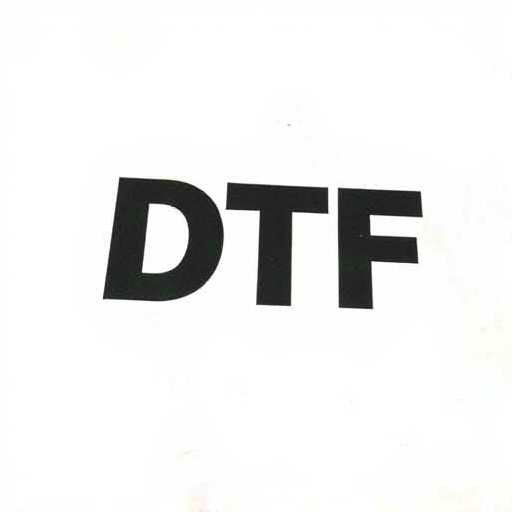
Direct-to-Film (DTF) transfers are a cutting-edge printing technique that has revolutionized outdoor advertising and signage. This innovative process involves applying ink directly onto a film, which is then bonded to a substrate, typically a rigid material like plastic or metal. The DTF Transfer offers several key advantages over traditional printing methods. Firstly, it provides exceptional durability; the inks are cured during application, ensuring resistance to weather conditions, making it ideal for outdoor use. This method also allows for high-resolution prints with vibrant colors, maintaining image quality even when displayed in direct sunlight.
Additionally, DTF Printing is versatile and efficient. It can be used on various surfaces, enabling creative designers to transform ordinary materials into eye-catching displays. The direct application eliminates the need for separate laminating steps, streamlining production and reducing waste. This technology has become a game-changer for outdoor advertising, offering durable, high-quality DTF Prints that capture attention and convey messages effectively, even in challenging environmental conditions.
Why Choose Ultraviolet Resistance for Outdoor Applications?
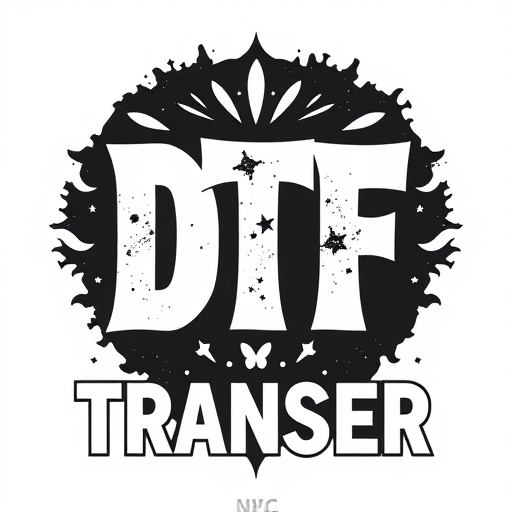
When considering materials for outdoor applications, choosing ultraviolet (UV) resistance is paramount. UV rays from the sun can rapidly degrade traditional printing inks and films, leading to faded colors, cracked surfaces, and reduced durability. This deterioration not only compromises the aesthetic appeal but also poses functional issues, especially for long-term outdoor displays or signage.
Opting for UV-resistant DTF (Direct-to-Film) transfers and prints offers a durable solution. These specialized materials incorporate additives that shield against harmful UV radiation, ensuring colors remain vibrant and the print surface remains intact even under harsh weather conditions. By selecting UV-protected DTF transfers, businesses and creators can extend the lifespan of their outdoor displays, maintaining the integrity of their designs for extended periods.
The Challenges of Traditional Printing Methods in Outdoor Environments
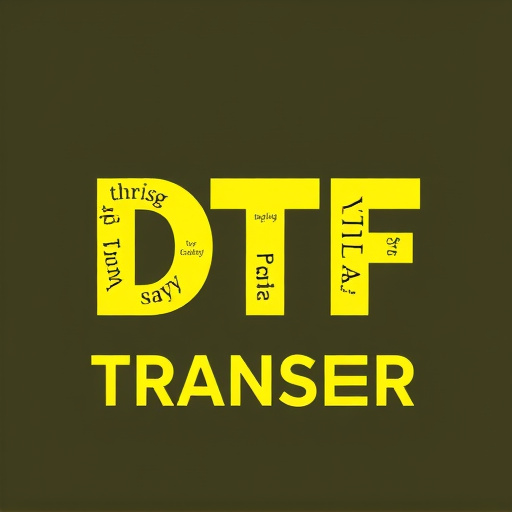
In traditional printing methods for outdoor applications, several challenges emerge when facing harsh environmental conditions. Direct-to-film (DTF) transfers, a common technique, often struggle with longevity in exterior settings due to exposure to ultraviolet (UV) radiation from sunlight. UV rays can degrade the inks and films used in DTF prints over time, leading to color fading, loss of vibrancy, and even physical damage to the printed materials. This is especially problematic for outdoor signage, banners, and advertisements that require durability and visual appeal for extended periods.
Moreover, traditional DTF printing methods might not offer the necessary resistance to moisture, temperature fluctuations, and varying weather conditions. These factors contribute to the deterioration of prints, affecting their overall quality and life span. As a result, businesses and marketers need innovative solutions to ensure their outdoor marketing materials remain effective and visually compelling over the long term without compromising on aesthetics or functionality.
Key Features and Advantages of DTF Transfer for Outdoor Signage and Graphics
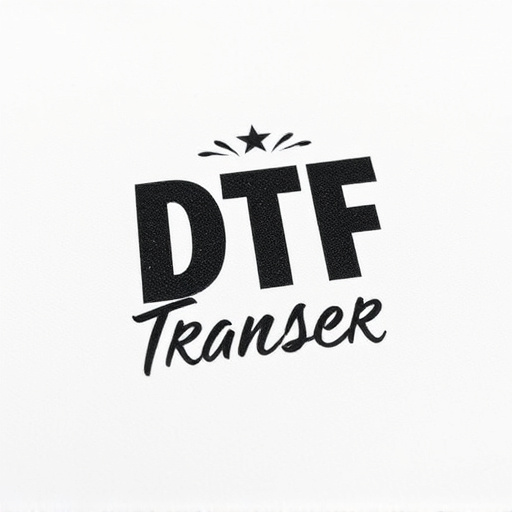
Direct-to-film (DTF) transfers offer several key features and advantages that make them ideal for outdoor signage and graphics applications. One of the primary benefits is their superior ultraviolet (UV) resistance, ensuring prints maintain their vibrancy and durability even under prolonged exposure to sunlight. This feature sets DTF apart from traditional printing methods, which can fade or yellow over time. Additionally, DTF transfers provide a high-quality, crisp finish with vibrant colors, making them perfect for outdoor advertising, wayfinding signs, and decorative murals.
Another advantage is the versatility of DTF Printing. It can be applied to a wide range of surfaces, including various types of plastics, metals, and even glass, expanding installation options for both commercial and residential projects. The transfer process itself is efficient and cost-effective, allowing for quick turnaround times without compromising on quality. Moreover, DTF prints are scratch-resistant and easy to maintain, further enhancing their longevity outdoors.
Selection Criteria for Choosing the Right UV-Resistant DTF Materials
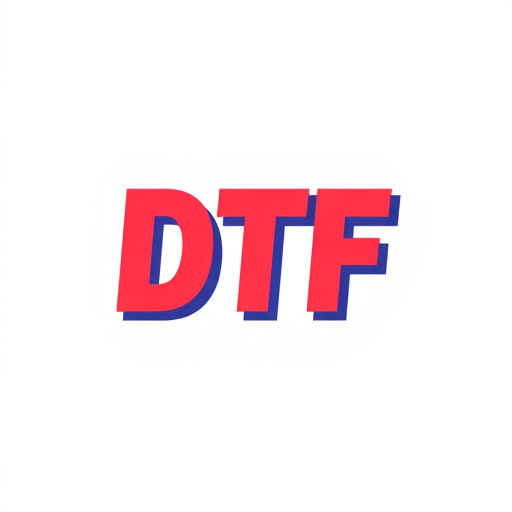
When selecting materials for UV-resistant direct-to-film (DTF) transfers intended for outdoor applications, several key criteria come into play. First and foremost, the chosen DTF film must possess exceptional UV stability to withstand prolonged exposure to sunlight, preventing color fading or degradation of the print quality over time. This is crucial for maintaining the aesthetic appeal and integrity of the final prints in exterior settings.
Additionally, the DTF material’s durability against environmental factors like moisture, temperature fluctuations, and physical abrasion is essential. Versatile adhesives and robust backing materials are critical components that ensure the DTF transfer stays intact under these conditions. Moreover, considering the specific outdoor application—be it for signage, wayfinding, or decorative purposes—the DTF print should offer optimal opacity to block underlying surfaces and assure vibrant, accurate colors even in bright sunlight.
Case Studies: Successful Implementation of UV-Resistant DTF Transfers in Outdoor Settings
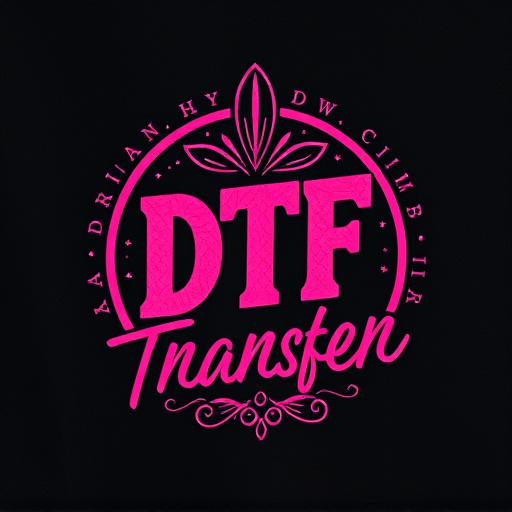
The successful integration of ultraviolet (UV)-resistant direct-to-film (DTF) transfers into outdoor applications has been a game-changer for several industries. Case studies from various sectors highlight the durability and longevity of DTF prints, even under harsh environmental conditions. For instance, in the advertising industry, DTF transfers have been used to create vibrant, long-lasting signage for billboards and outdoor displays. These prints withstand exposure to direct sunlight, extreme temperatures, and wind, ensuring that marketing messages remain clear and visually appealing for extended periods.
Another notable application is in the field of wayfinding and mapping. DTF maps and directional signs installed in parks, hiking trails, and urban areas have proven to be highly effective. The UV-resistant properties of DTF allow these signs to maintain their color and legibility, even when exposed to varying weather conditions. This enhances navigation and provides users with accurate information, contributing to a better overall experience. These case studies demonstrate the versatility and reliability of DTF transfers, making them a preferred choice for outdoor applications that demand high-quality, durable printing solutions.

